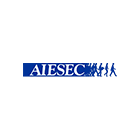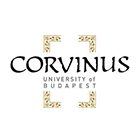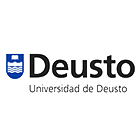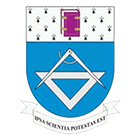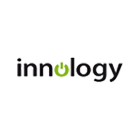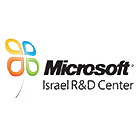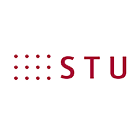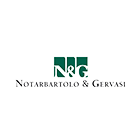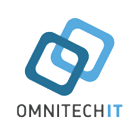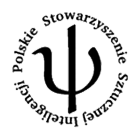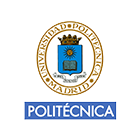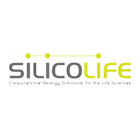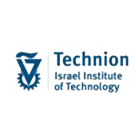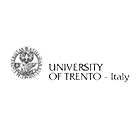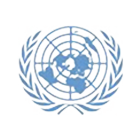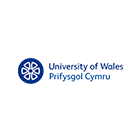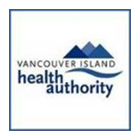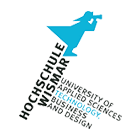Track Session on
Co-chaired by:
Fulvio Babich, University of Trieste, Italy, babich[AT]units.it
Eric Medvet, University of Trieste, Italy, emedvet[AT]units.it
Gianni Ramponi, University of Trieste, Italy, ramponi[AT]units.it
Follow the submission instructions at: https://goodtechs.eu/2016/show/initial-submission
To ensure complete coverage of the advances in this field, the Special Session solicits original contributions in, but not limited to, the following topical areas:
• Computer vision techniques for help the blind and the visually impaired
• Localization and positioning for situation awareness (Fall, Activity, etc.) and for mobility support
• Usability, user-friendliness and acceptability in ICT services for people with disability
• Energy consumption of ICT assistive devices
• Emerging applications
• Social aspects of ICT services for people with disability
Technical Program Committee (provisional)
● Fulvio Babich, University of Trieste, Italy
● Silvio Bonfiglio, BARCO Company, Italy
● Zeljka Car, University of Zagreb, Croatia
● Barbara Carminati, University of Insubria, Italy
● Sara Comai, Politecnico di Milano, Italy
● Peter Cudd, University of Sheffield, UK
● Luc P. de Witte, Maastricht University and Zuyd University of Applied Sciences, Netherlands
● Jan Dekelver, Thomas More University College, Belgium
● Luca Fanucci, University of Pisa, Italy
● Daniela Fogli, University of Brescia, Italy
● Herbert Frey, University of Applied Sciences, Ulm, Germany
● Malcolm Garbutt, University of Cape Town, South Africa
● Ilaria Garofolo, University of Trieste, Italy
● Vincenzo Gulisano, Chalmers University of Technology, Sweden
● Roberto Manduchi, University of California Santa Cruz, USA
● Chris Marshall, u-blox, UK
● Eric Medvet, University of Trieste, Italy
● Klaus Miesenberger, University of Linz, Austria
● Enzo Mumolo, University of Trieste, Italy
● Gianni Ramponi, University of Trieste, Italy
● Fabio Salice, Politecnico di Milano, Italy
● Miguel Usandizaga, Universitat Politècnica de Catalunya, Spain
● Darelle van Greunen, Nelson Mandela Metropolitan University, South Africa
Motivation of the Track:
Information and Communication Technologies (ICTs) are sometimes considered a challenge, or even a threat, for persons with disabilities. The poor design of many ICT-based devices, which do not take into account the requirements of a disabled user, risks indeed to generate a form of "digital divide" among those who can and those who cannot access the device itself. A renewed effort is required to contrast this tendency.
This Special Session however also wants to look at this topic the other way around, in terms of the creation of a "digital multiply" effect. That is, we aim to emphasize what ICT already does and can do in the near future for persons with disabilities. Private and public research laboratories, and even international organizations like UNESCO [1] are engaged in this effort. If ICT has been considered in the last several years a key enabling technology for almost all the fields of research, it must be such in particular for the case we are considering.
We can mention a few case studies, without claiming to provide an exhaustive list. Assistive tools based on the so-called sensory substitution approach are very often based on ICTs. For example, in the last decades computer vision-based techniques have been designed to help the blind and the visually impaired, by translating visual information to audio or haptic form [2]. In particular, mobility and independent life of the blind have been addressed, and equipment has been designed that can recognize obstacles in the way or relevant objects, or can read text [3]. Fast Web connections permit the users to avail themselves of volunteers who, using live video, are organized to provide real-time answer to their questions [4]. Wearable face recognition systems can help the social interaction of a blind person by identifying those who are close [5]. Positioning and localization techniques may be used to track the position of people with disabilities, for assisted healthcare or for fall detection, but may also support the mobility of blind people, or people with severe visual impairments.
Even if many ICT assistive devices have already reached the users' market, only few of them have found widespread use; these often are the simplest ones, like text-to-speech phone Apps. This fact indicates that several important requirements have not yet been met by more sophisticated equipment that is presently being studied. The most apparent requirements are reliability and user-friendliness, but also conspicuousness and weight, or power consumption and speed of response should be considered. Contributions in this Special Session will address these and other related themes.
References:
[1] UNESCO: Web site. https://en.unesco.org/partnerships/partnering/icts-persons-living-disabilities (accessed 14 May 2016). See also "UNESCO Global Report: Opening New Avenues for Empowerment - ICTs to Access Information and Knowledge for Persons with Disabilities", 2013.
[2] vEyes: Web site. https://www.veyes.it/en/Projects/vEyes-Wear (accessed 14 May 2016)
[3] Horus Technology: Web site. https://horus.technology/en/ (accessed 14 May 2016)
[4] Be My Eyes: Web site. https://www.bemyeyes.org/ (accessed 14 May 2016)
[5] FaceSpeaker: Web site. https://www.facespeaker.org/ (accessed 14 May 2016)






